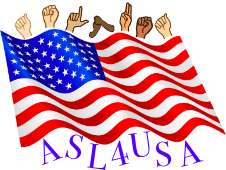Why learn ASL?
- American Sign Language is the fourth most used language in the United States today.
- Opportunity for career advancement. American Sign Language/English Interpreters are in high demand.
- Our Teachers are Deaf native users of American Sign Language.
- Deaf Culture, Community, History and ASL Linguistics is taught along with the language lessons.
- Employers hire applicants who can sign: having signers on staff contributes toward a good faith showing of compliance with the Americans with Disabilities Act and similar legislation.
- Learning another language promotes mental flexibility.
- Survival technique for talking without using sound to give away your location.
What is ASL?
Language is the system of words or signs that people use to express thoughts and feelings to each other.
American Sign Language (ASL) is the visual language used predominantly in the United States and in many parts of Canada.
When signing, the brain processes linguistic information through the eyes. The shape, placement, and movement of the hands, as well as facial expressions and body movements, all play important parts in conveying information.
Sign language is not universal — each country has its own sign language, and regions have dialects, much like spoken languages all over the world.
Like spoken language, ASL has unique rules of grammar and syntax. Like all languages, ASL is a living language that grows and changes over time.
ASL is accepted by many high schools, colleges, and universities in fulfillment of modern and foreign language academic degree requirements across the United States.
Class Descriptions
The first ten-week class is tailored for beginners with little or no knowledge of American Sign Language and Deaf Culture. First lessons focus on getting to know each other by asking and giving names. Correct grammar usage of question forms (‘wh’ questions – who, what, where) and conversational behaviors (eye contact, etc). Cardinal numbers 1-10 will be introduced, including producing correct number forms and grammatical usage of palm orientation.
This ten-week class continues to build on the lessons learned in ASL 1. As in ASL 1, this class will continue focus on language involving people. Beginning fingerspelling will be introduced with emphasis on correct forms and movement of ‘fist’ handshape letters in names (a, e, i, o, s, m, n, t). Students will learn to ask for repetition when needed for clarity and begin to recognize the difference between similar shapes, letters, and numbers.
The third ten-week session continues to focus on introductions, and expressing pleasure in meeting. More vocabulary will be introduced related to opening and closing conversations. Conversational behaviors are practiced such as where to look when conversing in ASL. Cardinal numbers 11-15 are taught and practice of correct usage of 1-15 will reinforce numbers fluency.
Students begin to ask/tell what’s different using contrastive structure and ‘wh’ what questions. Comparisons will reinforce the ability to see the difference between similar shapes, letters, numbers and names. Identifying others will be explored through ‘wh’ who questions, sequence identification, and real world orientation. Vocabulary for gender, physical appearance and colors are learned.
Culture and language are interlinked, and language inevitably reflects characteristics of the culture. Deaf people in the U.S and Canada use American Sign Language (ASL) to communicate with each other and with hearing people who know the language. ASL is a complete, grammatically complex language.
This class will explore some of the values, behaviors, and traditions of Deaf culture which include:
- Promoting an environment that supports vision as the primary sense used for communication.
- Valuing children who are deaf as the future of deaf people and Deaf culture.
- Support for bilingual ASL/English education of children who are deaf so they are competent in both languages.
- Inclusion of specific rules of behavior in communication (rules of turn taking, consistent eye contact and visual attention during conversations).
- Perpetuation of Deaf culture through traditions, including films, folklore, literature, athletics, poetry, celebrations, clubs, organizations, theaters, and school reunions.
- Inclusion of unique strategies for gaining a person’s attention.
How long will it take for me to learn ASL?
As with learning any language, the amount of time invested will determine the speed with which fluency develops. After one ten-week session, you will be able to introduce yourself and ask/answer basic questions.
News
The Deaf Youth Sports Festival, Inc.
Volunteer opportunities are available with all of the above organizations. Click on each link for more information..
Communicate

Beatrice Pfaff
Director / Instructor
Beatrice has been teaching American Sign Language for over 35 years. She taught at Indiana School for the Deaf for 29 years, retiring in 2013. Over the years Beatrice has taught ASL classes at many universities, including Vincennes University ASL Program, IUPUI Interpreting Program, University of Louisville and she currently teaches at Butler University.
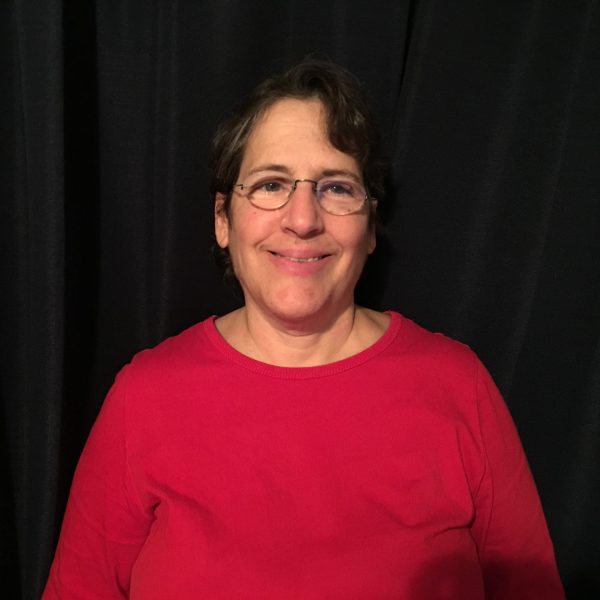
Beatrice Pfaff
Director / Instructor
Beatrice has been teaching American Sign Language for over 30 years. She taught at Indiana School for the Deaf for 29 years, retiring in 2013. Over the years Beatrice has taught ASL classes at many universities, including Vincennes University ASL Program, IUPUI Interpreting Program, University of Louisville and she currently teaches at Butler University.
Ronda Jo Bilz
Coordinator / ASL/English Interpreter
Ronda holds national certification by RID (Registry of Interpreters for the Deaf) and has been interpreting since 1995. She has interpreted in various venues including platform, VRS/VRI, medical, mental health, etc. Her passion is traveling and she is looking forward to exploring the U. S. in a recently acquired RV.


Ronda Jo Bilz
Coordinator / ASL/English Interpreter
Ronda holds national certification by RID (Registry of Interpreters for the Deaf) and has been interpreting since 1999. She has interpreted in various venues including platform, VRS/VRI, medical, mental health, etc. Her passion is traveling and she is looking forward to exploring the U. S. in a recently acquired RV.
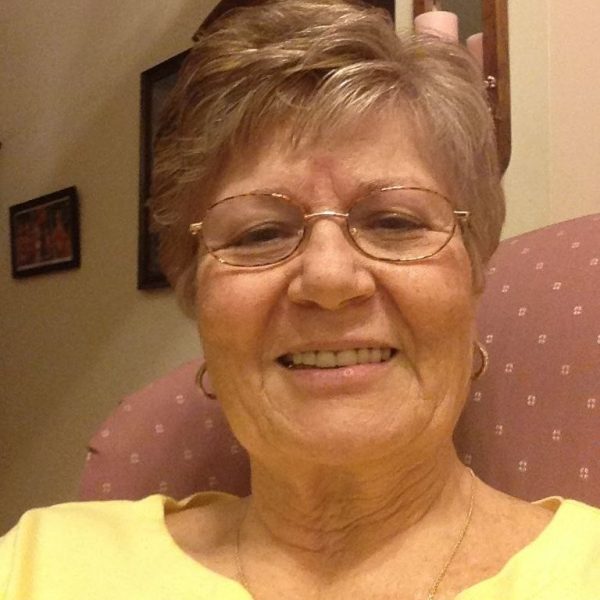
Wanda Kirby
Instructor
Wanda has been teaching American Sign Language for over 20 years. She enjoys being with her beautiful grandchildren when she is not teaching a class. Originally from Kentucky, Wanda graduated from the Kentucky School for the Deaf, and worked at DFAS in Fort Harrison before retiring.

Wanda Kirby
Instructor
Wanda has been teaching American Sign Language for over 20 years. She enjoys being with her beautiful grandchildren when she is not teaching a class. Originally from Kentucky, Wanda graduated from the Kentucky School for the Deaf, and worked at DFAS in Fort Harrison before retiring.
Molly Sachs
Online Instructor
Molly is a fourth generation native user of ASL. After graduating from the Texas School for the Deaf she attended Gallaudet University, and then University of Northern Colorado where she received her MA. Molly enjoys teaching ASL at EKU (Eastern Kentucky University) as well as in the community. Her fur baby Baby is her pride and joy.
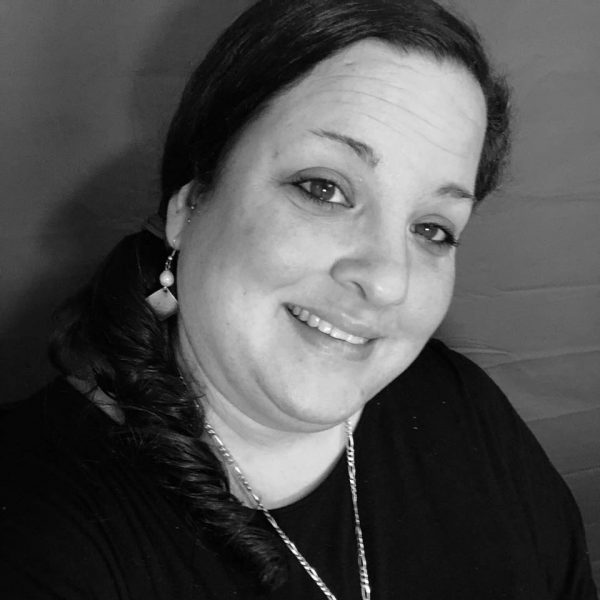

Molly Sachs
Online Instructor
Molly is a fourth generation native user of ASL. After graduating from the Texas School for the Deaf she attended Gallaudet University, and then University of Northern Colorado where she received her MA. Molly enjoys teaching ASL at EKU (Eastern Kentucky University) as well as in the community. Her fur baby Baby is her pride and joy.
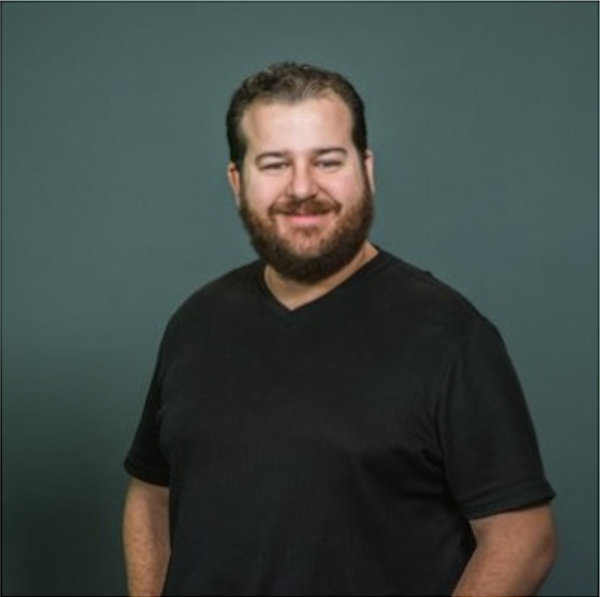
Daniel Pfaff
Instructor
Daniel hails from Franklin, Indiana. Graduated from Gallaudet University with a Bachelor’s’ degree in Education Drama with a minor in Performance/Production, and a Masters’ degree in Teaching ASL from the University of Northern Colorado. Before he started his job at the University of Minnesota as an ASL Teaching Specialist, he served missionary with Deaf Missions for past 4 years. Whenever he is not teaching, he enjoys doing Krav Maga, outdoor activities such as hiking, camping and many more. He also is avid board games gamer, and enjoys time with his friends and families!

Daniel Pfaff
Instructor
Daniel hails from Franklin, Indiana. Graduated from Gallaudet University with a Bachelor’s’ degree in Education Drama with a minor in Performance/Production, and a Masters’ degree in Teaching ASL from the University of Northern Colorado. Before he started his job at the University of Minnesota as an ASL Teaching Specialist, he served missionary with Deaf Missions for past 4 years. Whenever he is not teaching, he enjoys doing Krav Maga, outdoor activities such as hiking, camping and many more. He also is avid board games gamer, and enjoys time with his friends and families!
